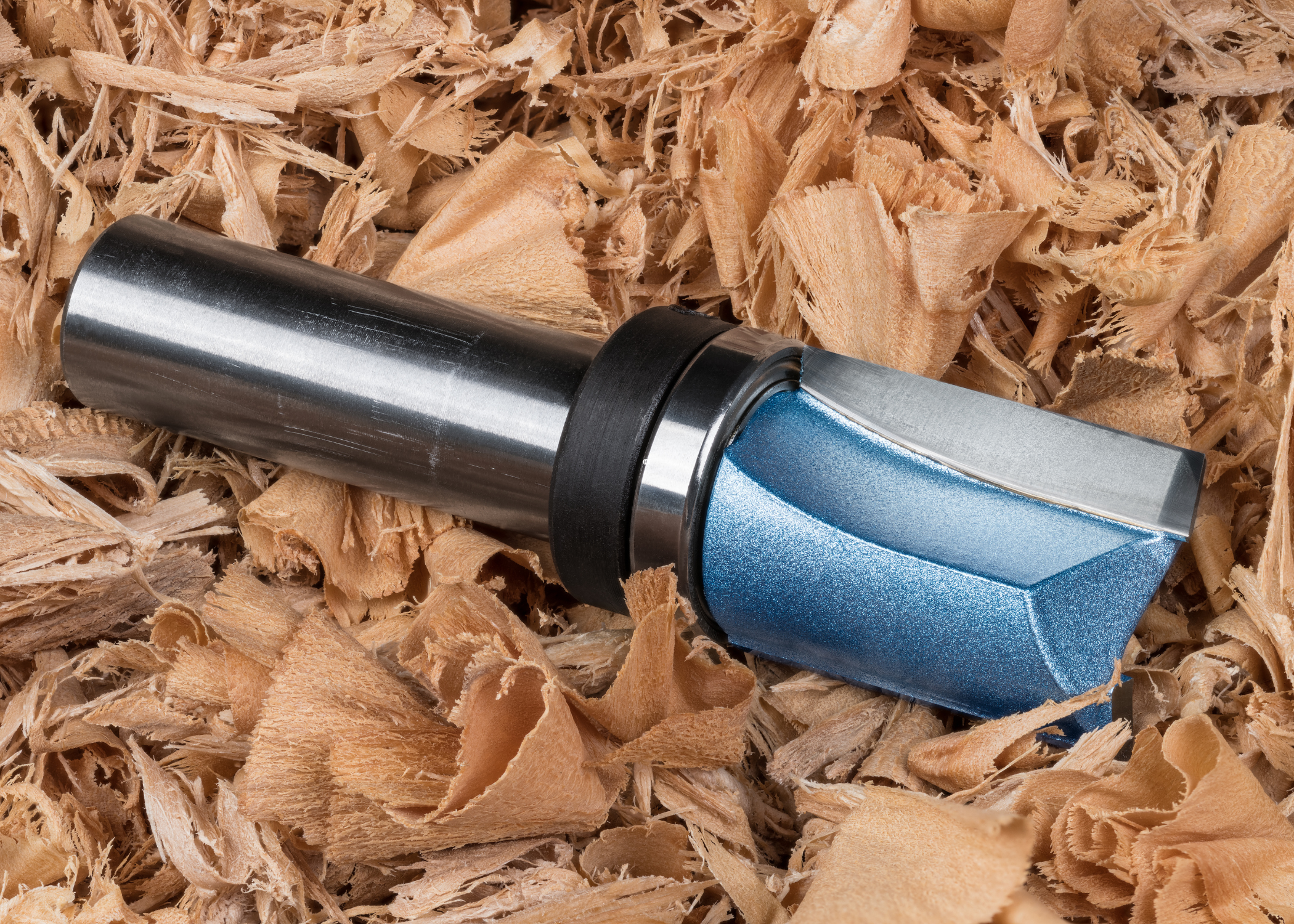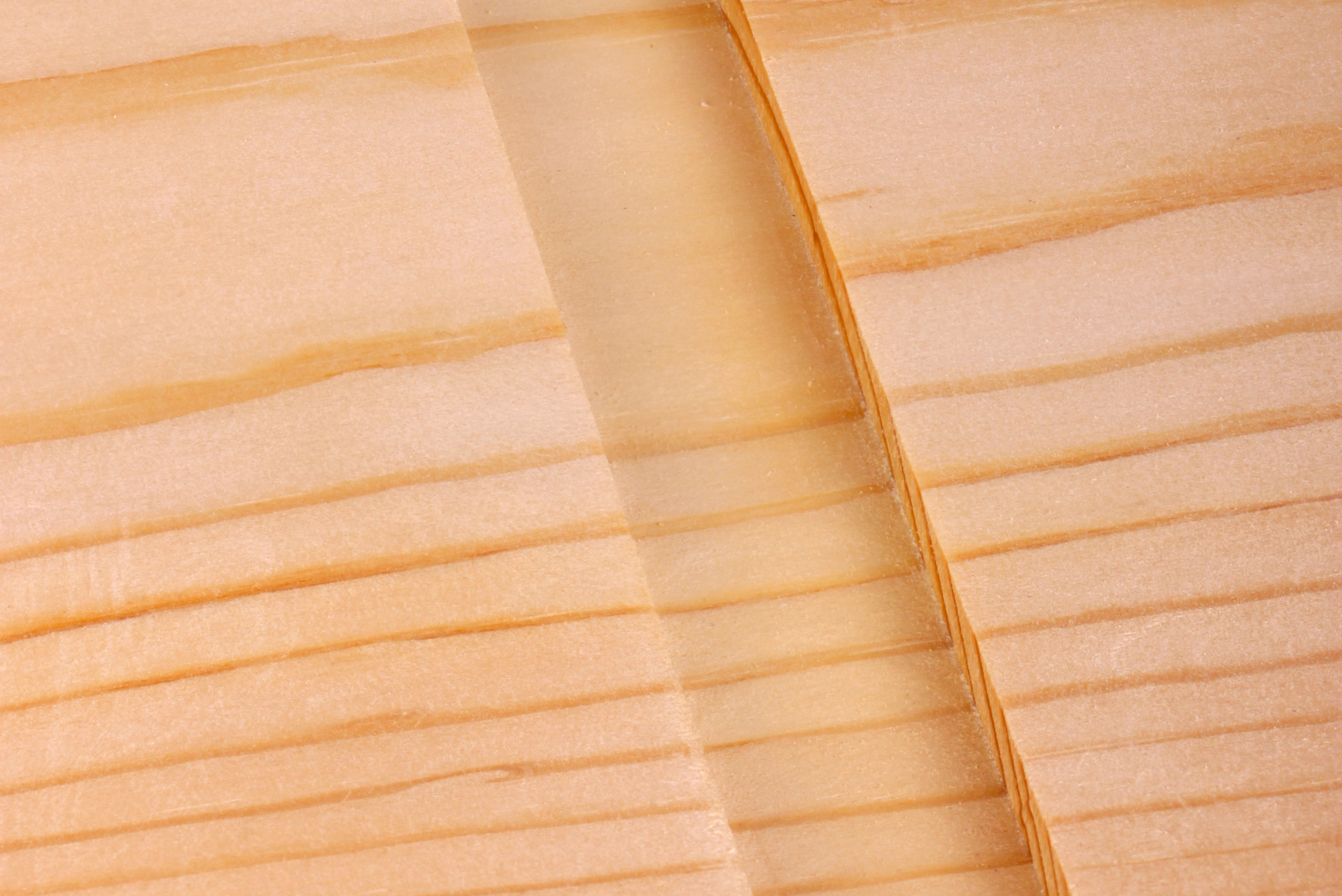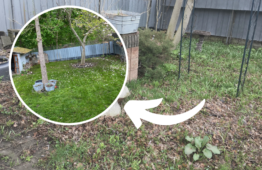How To Cut Rabbets, Dados, And Grooves Using A Router
In the world of woodworking, precision and detail are paramount. Among the essential techniques that elevate the craft, rabbets, dados, and grooves stand out as fundamental cuts that enable the creation of intricate joinery, robust assemblies, and seamless component integration.
These cuts, often executed with the precision and versatility of a router, are more than mere incisions in wood; they are the backbone of elegant and sturdy furniture, cabinetry, and a myriad of other wood projects. This article delves into the art and science behind these router cuts, exploring their distinct characteristics, applications, and the tips and tricks to mastering them.

Understanding the Basics of Router Cuts
When delving into woodworking with a router, understanding how to cut rabbets, dados, and grooves is essential. These cuts are fundamental for creating joints and enhancing the structural integrity of your projects. A rabbet is a recess or notch cut into the edge of a piece of wood, commonly used to allow another piece to sit flush against it, creating a seamless joint.
Dados are similar but are cut into the surface of the wood to accommodate another piece across the grain, perfect for shelves or drawer bottoms. Grooves, running parallel to the wood grain, serve to guide another piece of wood along the length, often seen in drawer construction.

Each type of cut serves a specific function in woodworking projects, and mastering them can significantly improve the quality of your work. The versatile tool router can be fitted with various bits to achieve these cuts effectively. For instance, a straight bit is ideal for grooving, while a rabbeting bit can be used to cut perfect rabbets.
Precise measurement and steady hands are crucial when setting up your router for these cuts. The ability to execute rabbets, dados, and grooves cleanly can transform a simple piece of wood into a complex, functional construction with enhanced aesthetic appeal.

Tools and Materials Needed for Effective Rabbets, Dados, and Grooves
The right tools and materials are essential when undertaking projects that involve rabbets, dados, and grooves using a router. These projects require precision and cleanliness. First and foremost, a reliable woodworking router is indispensable. This tool allows you to carve out precise channels and edges, making it perfect for creating joints and decorative features in your woodwork.
Additionally, investing in a set of high-quality router bits designed specifically for cutting rabbets, dados, and grooves can significantly enhance the accuracy and smoothness of your cuts. These bits are typically made from carbide or high-speed steel, offering durability and long-lasting performance.

Apart from the router and bits, a sturdy workbench and clamps are crucial to secure the wood in place during routing. This setup prevents the wood from shifting and helps achieve cleaner, more precise cuts. For measuring and alignment, a good quality tape measure, a square, and a marking gauge are necessary to ensure that your cuts are both straight and positioned correctly.
Finally, having a dust collection system or at least a good shop vacuum can help manage the wood dust produced during routing, keeping your workspace clean and safe. These tools and materials will help you execute flawless rabbets, dados, and grooves, enhancing your woodworking projects’ overall quality and aesthetics.
Step-by-Step Guide to Cutting Rabbets, Dados, and Grooves
When it comes to mastering the art of woodworking, knowing how to execute precise rabbets, dados, and grooves is essential. A router can significantly streamline these tasks, ensuring accuracy and a professional finish.
Cutting Rabbets

To cut rabbets using a router, begin by measuring and marking the width and depth of the wood. Install a straight bit in your router and set the cutting depth to match the rabbet depth. Use an edge guide or a router table with a fence to ensure the cut aligns with the marked width. Perform a test cut on a piece of scrap wood to check the dimensions. Once satisfied, run the router along the edge of the actual workpiece, maintaining a steady feed rate to achieve a clean, precise cut.
Cutting Dados

For cutting dados with a router, start by measuring and marking the location and width of the wood. Install a straight bit in the router and set the depth to match the desired dado depth. Attach an edge guide to the router to help keep the cut straight and aligned with the marked location. Make a test cut on scrap wood to verify the accuracy of the setup. Once confirmed, make multiple shallow passes with the router, gradually reaching the full depth to avoid overloading the bit and ensure a clean cut.
Cutting Grooves
To cut grooves using a router, measure and mark the wood where the groove will be placed. Install a straight bit in the router and set the cutting depth. Use an edge guide or a router table with a fence to position the cut correctly. Perform a test cut on scrap wood to confirm the groove dimensions. Once everything is set up correctly, proceed with the actual cut, making sure to maintain a steady feed rate with the router to create a smooth, consistent groove.
Related Articles
- Ways to Prevent Router Tearout During Woodworking Projects
- How to Use a Router For Woodworking Projects
- Craft Your Own Workshop Essential – DIY Router Table Build Guide for Craftsmen
By following these straightforward steps, you can effectively use a router to cut rabbets, dados, and grooves, enhancing your woodworking projects with precision and efficiency. With careful measurement and the right setup, these techniques will help you achieve professional-quality results every time.
Ready to start your next project? Join our DIY community to receive tool tips, how-to guides, and exclusive creative insights. Subscribe to the ManMadeDIY newsletter now!







